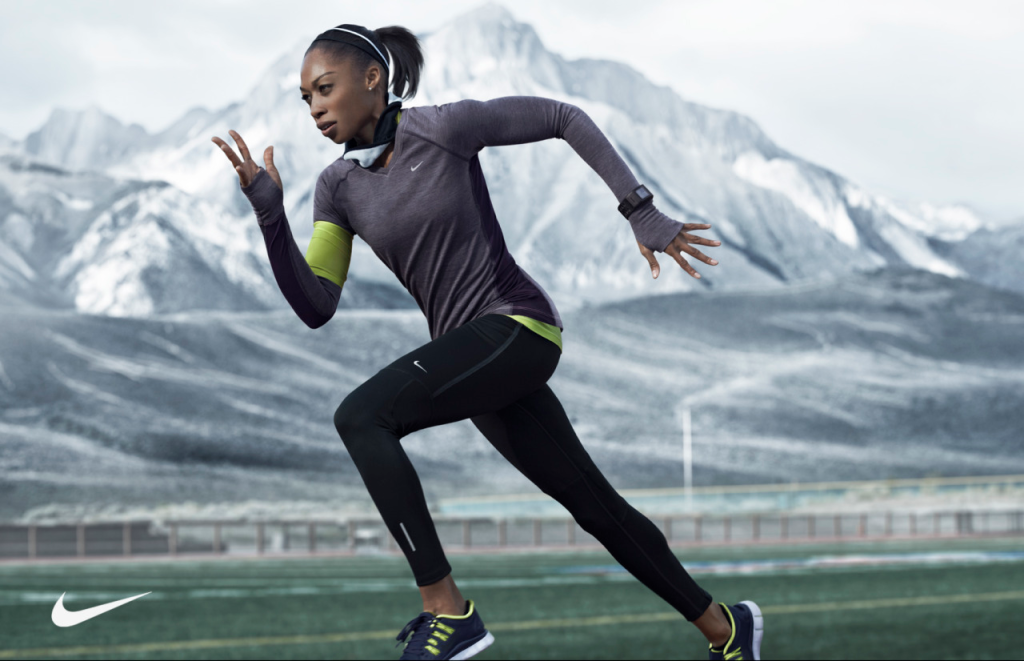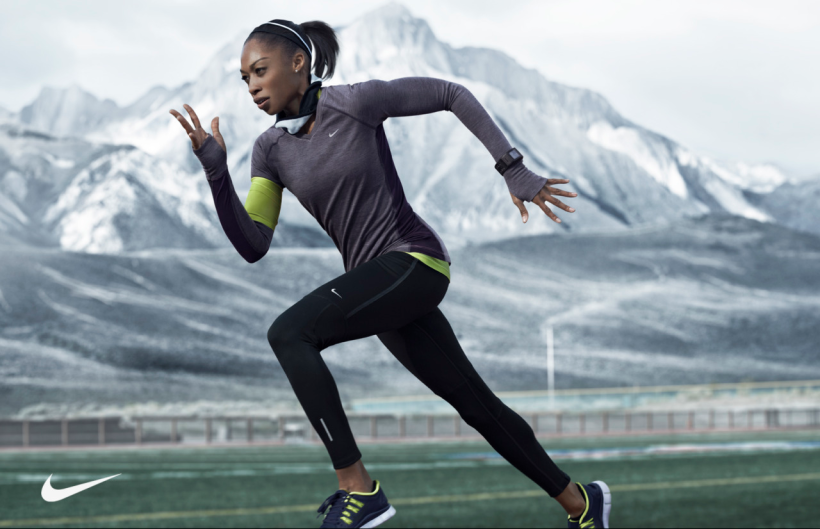
Athletic clothing has grown in popularity over the last decade or so, in large part owing to the efforts of the hardworking engineers, scientists, and designers who optimize the clothing for function, comfort, and aesthetics. While the number of people today who have at least one item of athletic clothing in their closet is quite staggering, can the same be said about the number of people who have stopped to think about what went into the design of this clothing? After all, what exactly is it that makes those gym shoes so comfortable or that keeps you cool and dry while wearing your new running jacket? The mechanical/material/chemical engineers actually put a lot more thought, research, and development into these garments than you might think. In general, their engineering efforts go towards balancing three main aspects in clothing design: functional considerations, thermal properties, and moisture-wicking capabilities.
Functional considerations as a topic is pretty self-explanatory & it is these considerations that aim to answer questions such as:
- How much stretch does the wearer need to perform & have full range of motion in this clothing?
- How can we keep from having loose material get in the way of movement?
- How can we keep the clothing lightweight enough to not make it cumbersome?
- Does this clothing cover or protect the necessary areas of the body?
- Can we design this clothing in a way so as to increase the athlete’s performance? (i.e. drag reducing running/swimming clothes, low-friction soccer shorts for sliding on the grass, clothing that enforces proper posture, etc.)
Thermal properties are important considerations in order to help to regulate body temperature through both proper cooling & insulation. Some main focal points in this realm would consist of things such as:
- proper heat distribution to maintain even temperature over greater regions of the body
- warm weather clothing: optimal heat transfer from the inside out, with minimal heat absorption from environmental factors
- cold weather clothing: proper thermal (but not moisture) insulation, while minimizing heat dissipation through wind chill & other environmental factors
- ability of clothing to retain form and size under thermal extremes
Closely tied to these thermal properties is one of the biggest focuses for clothing designers today: moisture-wicking capabilities. In many ways, these capabilities are physically related & together fall under the title of hygrothermal characteristics. While heat transfer (the –thermal portion) deals with temperature differences, mass transfer (the hygro– portion) deals with differences in concentrations (in this case, concentrations of moisture). The heat transfer is generally controlled through material thermal properties such as their thermal conductivity & the weave structure of the material, while this moisture transfer is optimized through enhancing the diffusion of water molecules through the material. This is done through judicious selection of hydrophobic materials (those that tend to repel water), with the right balance of barrier porosity (essentially the volume fraction of empty space to material-filled space), tortuosity (quite literally, how “tortuous” the path the water molecules must take is), the constrictivity (the ratio of water molecule size to the size of the super tiny passageways in the clothing), and parameters such as the moisture vapor transmission rate (MVTR).
To make things more complicated, many other factors must be considered, such as the ability of the material to protect the skin from UV (ultraviolet) radiation from the Sun, material toughness & surface properties to keep snags from tearing the clothing, ability for the clothing to be stored in small spaces so it can be easily traveled with, and a crazy number of other considerations. This of course, is not even mentioning the monetary aspects!
So, there you have it, next time you go on a run in your new sportswear, take a few minutes to think about what’s really going on with your clothing…after all the engineers behind it sure did!

